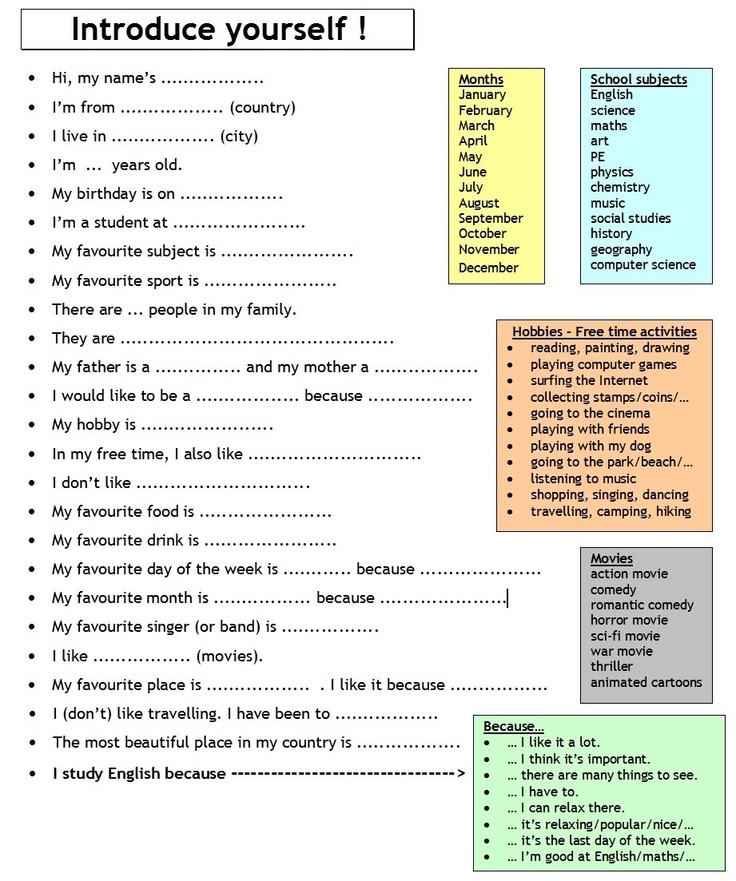How to upload photos in high quality on facebook
How to Upload Photos to Facebook at the Best Quality
Facebook is a great tool for sharing your images online with friends and family. Many of us do this on a regular basis, but photographers will often find their images heavily compressed. You’ve probably uploaded a photo that looked fine on your computer, but once on Facebook it looked soft and not as good!
This guide will give you all the top tips for uploading images to Facebook and retaining as much quality as possible. I will cover optimum sizes, file types and other tips for getting the most out of your image.
Want to improve your social media presence? Try The Photographer’s Guide to Social Media Marketing
Why does Facebook make images lose quality?
To assist fast webpage loading times for its users, Facebook compresses all images uploaded to it. As this is done automatically, your images are subjected to a default compression, which more than likely does not suit them.
Facebook supports photos that are either 720px, 960px, or 2048px on their longest edge. Any other sizes will have their dimensions reduced automatically, and this inevitably results in visually poorer images. Reducing the dimensions of an image decreases its sharpness, especially if it is a drastic resize.
We’ve got a free PDF for you!: The Photographer’s Guide to Facebook
Reducing Compression in JPEG Files
Facebook will always compress your images, there’s no getting around that. However, there are some tricks to reducing the amount of compression that occurs.
The most important factor is the dimensions of your image. Make sure you upload your photo at exactly 2048px on its longest edge. Facebook won’t change the dimensions of your image, so there is a lot less file compression required and your photo remains sharp. If you aren’t comfortable uploading such a large file, then ensure that you upload a 960px longest edge photo instead.
Once you’ve resized the image, look to see if it appears sharp enough. Make sure you are viewing the image at 100% size in your editing software. If it looks soft having been resized, sharpen it a little.
Then, use Adobe Photoshop’s “Save for Web” function. Ensure that the image is selected to compress to a JPEG file at 70% quality, whilst also converting it to an sRGB colour profile. More detail about using this function can be found in our article “Preparing a Photo for Web Use“.
Does It Really Work?
Yes it does, and I was surprised at the degree to which it improves image quality. Here is a comparison of a photograph uploaded at two different set of settings.
I’ve cropped in on the puffin that is part of a larger photo so that you can see the details. The sample on the left was uploaded at an obscure size of 1096px longest edge using a colour profile of Adobe RGB (1998). You can see that the colours are lost slightly, especially around the eye. The image loses sharpness drastically, too.
The image loses sharpness drastically, too.
The image on the right, however, was uploaded at 2048px longest side with an sRGB colour profile. I also used the save for web function, as mentioned above, saving at 70% JPEG quality.
As you can see, the image looks a lot better for it. The colours are stronger, and reflect those of the original file. You can see red details around the eye and beak more clearly. The clarity and sharpness of the image is also still there.
The Benefits of Using PNG Files
What Facebook won’t tell you, is that you can upload a PNG file at any size you wish and achieve a similar effect. Don’t forget to convert it to sRGB as well, but you aren’t restricted on your dimensions this way.
To do this, just save your photo as a PNG file using your editing software. You can also use the “Save for Web” function in Photoshop for this by selecting PNG-24 from the drop down list.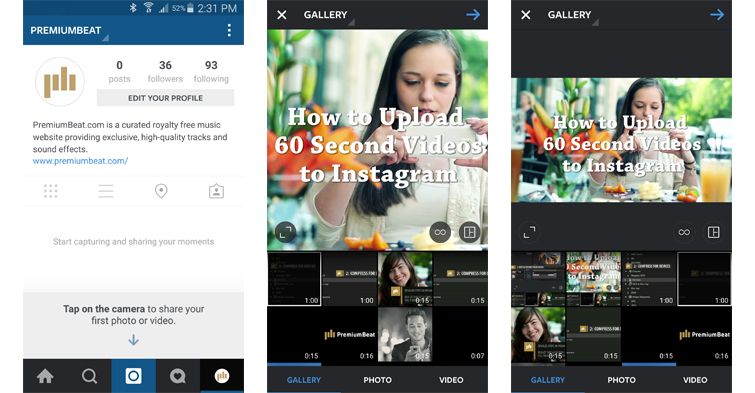
If you want to export PNG files straight from Lightroom, we have written a tutorial that shows you how to enable that function.
Some photographers argue that PNG produces even better results than JPEG. So, try it out! Facebook doesn’t mention this, strangely enough, but it is another great way to get your images looking good online.
Further Reading: “How to Use Facebook to Promote Your Photography“
It’s Never Going to Be Perfect
One thing that you need to keep in mind is that viewers haven’t seen your original, high-resolution file. You, on the other hand, have.
This means that you are of course going to be comparing how your image looks to how the very large, full resolution original looks on your computer. Consequently, things appear to be worse than they actually are (most of the time).
Ensure that you are giving yourself some tolerance for the fact that you’re uploading a compressed image in the first place.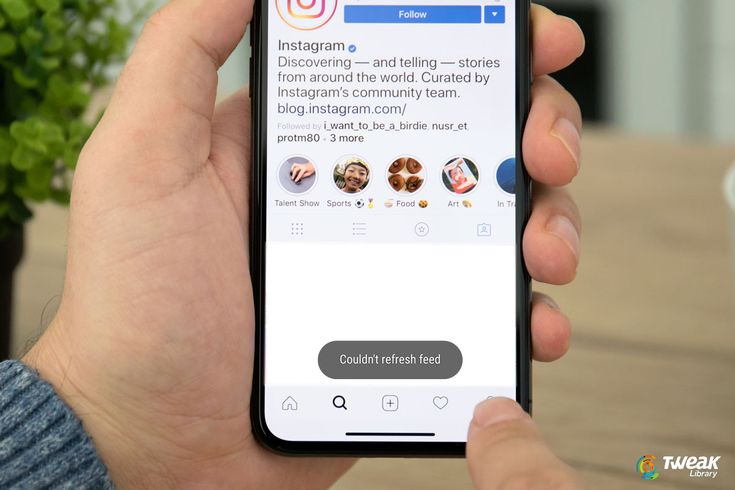 Think about how you look at other photographers’ images online – they are most likely feeling just like you about online compression.
Think about how you look at other photographers’ images online – they are most likely feeling just like you about online compression.
In reality, though, you view their images thinking they look great. They may argue otherwise, but on social media websites it’s all about how the viewer perceives the image in the first place.
Summary
So as you can see, images don’t have to look horribly compressed as soon as you upload them to Facebook. Just follow the steps above, and you’ll be wishing you knew this earlier!
Here is a summary of what I’ve covered, in 4 quick and easy steps.
- Resize your image to 2048px on its longest edge.
- Use the “Save for Web” function, and select 70% JPEG quality.
- Make sure the file is converted to the sRGB colour profile.
- Upload it to Facebook, and make sure you tick “high quality” if you are given the option (usually only for uploading albums).
Or, try using PNG files, as mentioned above!
Remember, if you’re uploading images online you may want to protect them. We’ve written instructions for how to find websites that are using your photos without permission – make sure to read this! It can throw up some very interesting results.
We’ve written instructions for how to find websites that are using your photos without permission – make sure to read this! It can throw up some very interesting results.
Don’t forget to download our free PDF: The Photographer’s Guide to Facebook.
How to Upload HD Videos and Photos on Facebook Mobile
By Alvin Wanjala
Updated
By changing one setting, you can start uploading videos and photos in HD when using the Facebook app on Android or iPhone.
When uploading photos or videos to Facebook using the mobile app, it defaults to standard quality. Frankly, most people would probably prefer to upload standard quality photos and videos, particularly if they're using their mobile data to do so.
If you're a pixel peeper and would rather upload the best quality possible, you can do that by changing a setting in the app. The process is slightly different depending on whether you're an Android or iOS user.
The process is slightly different depending on whether you're an Android or iOS user.
Here's how to upload HD videos and photos on Facebook.
Uploading HD Photos and Videos on Facebook for iOS
If you have an iOS device, there's a specific setting inside the Facebook app that you should enable to start uploading HD videos and photos on Facebook. Follow the steps below.
- Tap the menu icon with three horizontal lines in the bottom right corner.
- Go to Settings & Privacy and tap the arrow to expand the menu.
- Choose Settings.
- Under the Preferences section select Media to go to the Videos and photos settings page.
- To upload videos in HD on Facebook, ensure Video quality is set to Optimised.
3 Images
With this setting, Facebook will adjust videos based on your network conditions. If you have a fast and stable internet connection, Facebook will upload your videos and photos in the highest quality available.
If you have a fast and stable internet connection, Facebook will upload your videos and photos in the highest quality available.
If you're a long-time Facebook user you can recall that this is unlike older setting options that allowed you to tell the app to strictly upload videos and photos in HD. Nonetheless, it's better than nothing.
Uploading HD Photos and Videos on Facebook for Android
On Android, the process is slightly different because the menu icon is located in the top right-hand corner—rather than at the bottom.
Here's how to upload a high-quality video to Facebook on Android, along with photos.
- Tap the menu icon in the top right corner.
- Go to Settings & Privacy > Settings.
- Scroll down to the Preferences section and select Media.
- To upload HD video, ensure Optimised is on.
3 Images
If you do prefer to upload HD video, we'd definitely recommend doing it over WiFi given the time and expense that can be involved with uploading a large file using your data.
Once you've saved the settings, every video you post on Facebook via the mobile app will upload in the highest quality as long as your network is capable of doing so.
If you want to save videos you've seen online, check out this guide on how to save or download any video from the internet, including on Facebook.
Uploading High Quality Visuals on the Facebook Web Version
If you use Facebook on your computer, there's no tutorial for uploading high quality videos. This is because Facebook will automatically upload videos in HD if you use it on these devices. Of course, you need to ensure that the video or photo you want to upload is of a high enough quality.
For starters, here's how to post a video on Facebook.
Uploading HD Visuals to Facebook Is Easy
Uploading HD videos to Facebook, as well as other forms of visual content, helps you get the most out of the social media platform. For instance, uploading videos is a great way to grow a presence on the platform and engage your audience.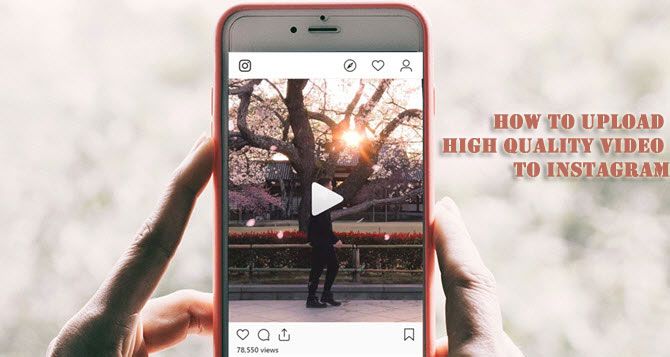
Besides that, it's also more pleasing to the eye of other users. If you're serious about getting good with Facebook, you might also want to consider learning how to go live on the platform, how to send high quality videos on Facebook Messenger, and more.
Why Facebook* photos look so terrible and how to avoid them
September 15, 2015 Technologies
If you use Facebook*, you are most likely uploading images to your photo albums or timeline. But when viewing the tape not from a smartphone, but on a larger screen, the quality of the images can greatly disappoint you. The fact is that Facebook* uses quite brutal compression when uploading images. But there are several ways to fix this.
How Facebook* ruins your images
Facebook* is huge! Users upload about 350 million images to it every day. This is a lot. Therefore, uploaded images are compressed to reduce their size. As a result, the picture quality may noticeably suffer. And after your image has passed through the entire Internet, has been downloaded, then repeatedly uploaded to different services, it can become absolutely terrible.
Even the text becomes much less attractive: noise and blurring appear, the font becomes angular. What can we say about photographs, the quality of which plays a decisive role in shaping the impression of the viewer. nine0003
Naturally, the situation only gets worse when the whole cycle " Download - edit - upload to Facebook *" is repeated many times. And this happens all the time on the Internet:
- Vasya tweets something funny, takes a screenshot and uploads it to Facebook*.
- Tanya is following Vasya on Facebook*, but Twitter doesn't like it. She takes a screenshot of Vasya's post and uploads it to her Tumblr, adding a comment.
- Dima takes a screenshot of this Tumblr post and sends it to Katya via Facebook* Messenger. nine0018
- Katya, in turn, downloads this picture and uploads it to her Facebook feed*.
As a result, after repeated compression, the picture will look disgusting.
Of course, Facebook* isn't the only site that compresses images. Instagram*, Twitter, Tumblr, and pretty much every other site you usually upload photos to uses some level of compression. However, Facebook* compression is especially ruthless! In addition, an image compressed to the level of Facebook* and then processed, for example, with Instagram* filters, becomes larger. The next time you upload to Facebook*, the compression process will repeat and add artifacts. nine0003
Instagram*, Twitter, Tumblr, and pretty much every other site you usually upload photos to uses some level of compression. However, Facebook* compression is especially ruthless! In addition, an image compressed to the level of Facebook* and then processed, for example, with Instagram* filters, becomes larger. The next time you upload to Facebook*, the compression process will repeat and add artifacts. nine0003
When you upload a photo for the first time, it may still look good. But once a few people move it from one site to another, it quickly becomes trash. The more time passes, the worse it will look.
What you can do about it
Unfortunately, you can't turn off compression in Facebook*. But you can minimize the negative impact by using Facebook*'s own tools, preparing before uploading a photo, or by bypassing Facebook's servers*. nine0003
Take advantage of Facebook*
To reduce the impact of compression, follow these tips:
- Upload photos that are at least 2,048 pixels wide.
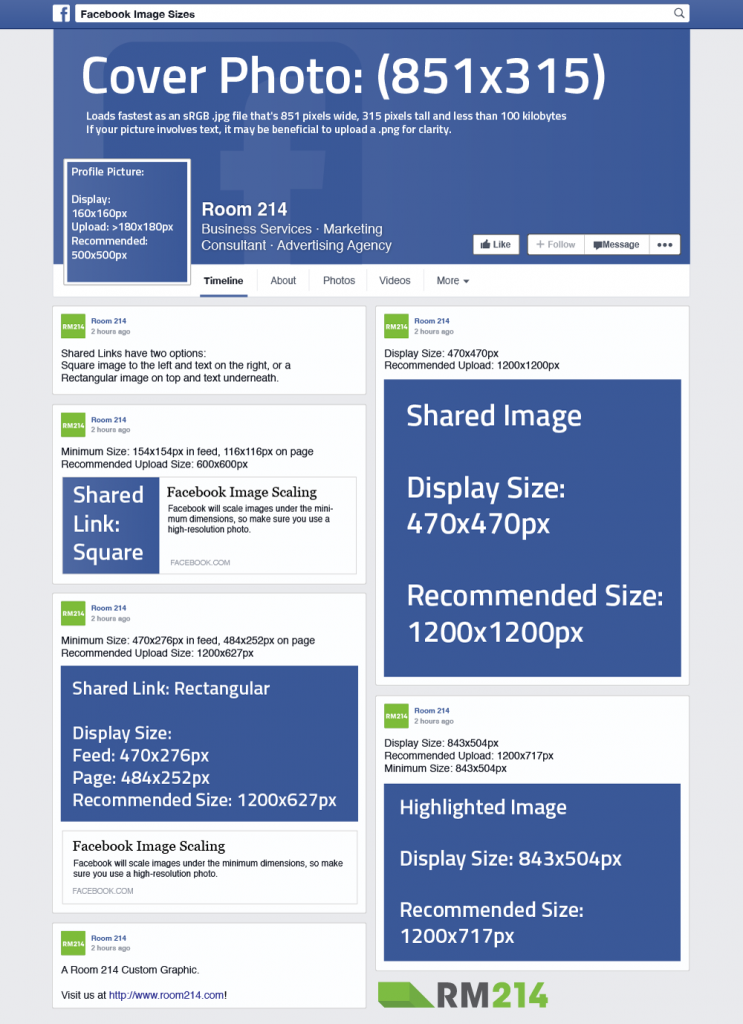 According to Facebook* guidelines, 2048px is the ideal width for high resolution images. Your images will still be compressed. But if they are initially loaded at a higher resolution, the effects of compression will not be as noticeable. This advice is more suitable for photographs. nine0018
According to Facebook* guidelines, 2048px is the ideal width for high resolution images. Your images will still be compressed. But if they are initially loaded at a higher resolution, the effects of compression will not be as noticeable. This advice is more suitable for photographs. nine0018 - Create high quality albums. When uploading a photo to Facebook*, check the "High quality" box. It allows you to store larger images with less compression.
- Crop your cover photo to 851 × 315 pixels . This size is recommended by Facebook*.
If you're willing to spend a little more time uploading photos to Facebook*, there's one more thing you can do.
Share the best version of the photo
Not every image you share is your own. Sometimes you just want to share something funny or useful. If you're going to share an image found on the internet, do yourself and others a favor and share the best one you can. Here are some ways to do it:
Here are some ways to do it:
- Share a direct link. If you find the image elsewhere, please share a link to the image itself instead of downloading a copy from your computer. It's not only faster and easier, but probably prettier as well. In most cases, Facebook* will embed the image at full size. You can quickly get a link to almost any picture on the Internet by right-clicking and choosing "Copy Link". nine0018
- Upload the photo first to the hosting. If you want to share a photo without compression, use an alternative hosting (Flickr, Picasa, Photobucket, Fotki). When you share a photo link from another host, Facebook* will embed a higher quality version.
- Ask Google. If the picture you want to share is already quite low quality, it's worth trying to find a better version of the picture. Google Image Search allows you to search for images both by direct link and by downloading from your computer. nine0018
- Use the share button.
 If you see a Share button next to an image, use it to avoid recompressing the image.
If you see a Share button next to an image, use it to avoid recompressing the image.
One way or another, when dealing with Facebook*, you will encounter image compression. However, if you do choose to share a picture, there's usually a way to find a better version of it.
Break Bad Imaging Habits
Not all technically available tools are worth using. For example, shooting vertical videos is bad manners. To avoid having to share ugly, compressed images on Facebook*, there are a few photo habits you need to break:
- Avoid re-uploading images to Facebook*. If the image is already on Facebook*, try not to download it and then re-upload it. When many people do this over and over again, it becomes like playing a broken phone for pictures. Either find the original or use the share button.
- Do not share screenshots from your smartphone. A screenshot taken with your smartphone is guaranteed to look bad when uploaded to Facebook*.
 nine0018
nine0018 - Avoid low resolution screenshots. Even a screenshot taken with a computer is not the best option. However, if you do decide to do it, at least try to get the highest quality you can. In the case of text, enlarge the original a little. In the case of video, switch to the highest quality in the settings. Remember: the more, the better.
These simple tips can help you make the Internet a little more beautiful. nine0003
*Activities of Meta Platforms Inc. and its social networks Facebook and Instagram are prohibited in the territory of the Russian Federation.
Poor video/photo quality on Facebook - how to improve
A lot of social network users face this situation. They post a high-quality photo in their account or page, wanting to please their friends, but on the screen, the photo posted on Facebook looks much worse than the original. Alas, Facebook automatically degrades the quality of posted video or photo content without informing the user about it. This is called optimization. How to deal with it? nine0003
This is called optimization. How to deal with it? nine0003
Content:
- Causes of quality deterioration
- Improving quality on computer
- Improving quality on mobile devices
- Useful tips and cunning
- Video content
Causes of quality deterioration
. videos and photos. Visual content dominates the modern Internet space. And the platforms on which this content is hosted strive to optimize it in every possible way in order to save space on their servers and ensure fast loading of photos and videos on any device. The mobile segment of the Internet is expanding every day. And social networks tend to follow the trend, that is, everything should be loaded as quickly as possible even with communication problems. nine0003
Of course, a simple user will not change the algorithm of the social network. However, there are tricks with which you still manage to publish high-quality photos and videos on Facebook. Let's start with the fact that a lot depends on the device from which the content is posted.
Improving the quality on the computer
During the latest Facebook updates, a lot of good innovations have appeared, and the media component of the social network is no exception. If a user has uploaded a photo or video in HD quality for publication or for an album, then this content will be saved in the system in the same quality. nine0003
The optimal resolution for page covers is 1920x1080. Then the system will compress the image to the desired size without any noticeable loss of quality. In this case, it is necessary to take into account that 95 pixels will be cropped from each side, therefore, in the picture, important details should be placed closer to the central part.
According to Facebook, the best avatars and covers come out if you use a photo with a .PNG extension for them.
Important! When reading recommendations on the web regarding the size of pictures for the avatar and cover, keep in mind that the photo parameters are often indicated there after displaying on the screen. The required source image data is often different. nine0003
The required source image data is often different. nine0003
Improving quality on mobile devices
There is one setting that needs to be changed in the Facebook mobile app to ensure that only good quality visual content is saved in the future. This is done like this:
- Log in to your account and click on the "Three dashes" icon.
- Go to "Settings and privacy" - "Settings".
- Find the item "Media content and contacts" there.
- Activate the "Download HD Photos" and "Download HD Videos" options.
- After that, media content downloaded from a mobile device will be displayed with very little loss in quality.
Useful Tips and Tricks
- When posting images from someone else's post, the best option is not to take a screenshot or download the photo, but use the "Share" option. In this case, you will receive exactly the original image in the publication.
 nine0018
nine0018 - If you want to publish content from other sites, it is better to do it not as a screenshot or downloaded material, but as a link inserted into the post.
- If you want to post an image where a lot depends on quality indicators (for example, an artistic photo or a photo reproduction of a painting), then it is advisable to first upload such an image to photo hosting and place it in the post as a link.
- If you want to post an image, but you only have a low-quality image available, then use the search engines: look for the same image in Google or Yandex. There is a search for images, and the result is issued in different resolutions. nine0018
Video content
Problems with video content are among the most common on Facebook. Videos may or may not open, or "freeze" during playback. The video can be uploaded in high quality, but the output will be with a fuzzy picture. In the vast majority of cases, the reasons are as follows: poor characteristics of the original file, problems with the device, problems with the speed of the Internet connection.
As for the source file, Facebook recommends the following parameters:
- H.264 video standard;
- video format - MP4 or MOV;
- sound format - AAC;
- image width - no more than 1280 px, the number of pixels - a multiple of 16;
- frame rate - no more than 30 per second.
In other sources, you can read about Facebook's support for about 30 video formats. But for the best quality indicators, it is still desirable to adhere to the above parameters.
When running video ads, you need to set up detailed targeting by audience device type. In particular, high-quality videos are appropriate only for areas with a good level of Internet signal. nine0003
The quality of photos and videos displayed on Facebook may also be degraded due to individual settings in the user's account. To check and change these settings, do the following:
- Enter the "Settings and Privacy" menu item, from there to "Settings".











